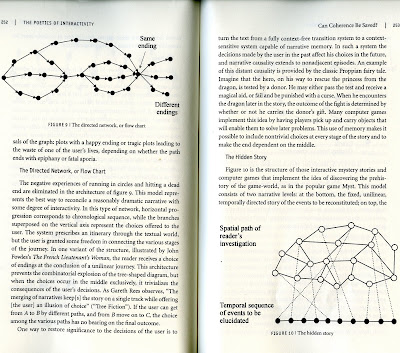
I'm struggling to think how this could've gone worse, the whole point of this exhibition for me was to gain an experience of the audience reaction to my piece. In the build up to the exhibition I had a lot of help putting my work up and building a little corridor for it, and all the reactions I got to how the work looked visually were very positive. The problem was I felt it didn't communicate the concepts of my research independently, not without the book, and it was clear that few people new what the piece was about. So I set about putting together a short and to the point piece of writing to have on the wall next to it, in order to fill in the blanks that hopefully my book should create an understanding of. However before that was finished the perspex dropped (for the second time, although this time unfortunately not on my foot) on the floor and a huge chunk was taken out of it. About an hour before the exhibition started an already dodgy light connection stopped working altogether, so rather than being a light box, it was just a box with a whole in the front. Ouch. Christian suggested that I put a lamp or torch through the whole in the front to light up the inside, which to me just seemed like a huge compromise after all the effort I put in. So sadly it came down to covering my work up.
In terms of putting together the exhibition my only responsibility was helping with the postcards, I actually was pretty unsure about the way they were displayed considering I assumed it was intended to be postcard format not just postcard size. I guess it was the quickest and easiest way of doing it and it worked quite well in its collected randomness.












































